Erratic information fuels mistrust of TEPCO
Tokyo Electric Power's belated admission that damage to crippled reactors at its nuclear plant is worse than it first thought has fuelled suspicion it withheld bad news in the first days of Japan's crisis.
A series of revisions to earlier assessments about damage to the Fukushima Daiichi nuclear plant have emerged since the utility began sending workers into reactor buildings for the first time.
More than two months after the worst nuclear disaster since Chernobyl was triggered, TEPCO last week admitted fuel rods inside reactor cores melted down in the first few hours after the March 11 tsunami disabled cooling systems.
It was a sharp reversal of earlier assessments from both TEPCO and the government that meltdown was unlikely, reactors were relatively stable and dangerous radiation leaks had been largely contained.
Wen reaches out to Japan China Daily. Excerpts:
China is ready to extend more aid to Japan in its disaster relief endeavor, Chinese Premier Wen Jiabao said when he toured Japan's most severely hit disaster region on Saturday.
In a concrete move of encouragement, Wen announced that China is ready to allow import of more agricultural and other products from Japan despite fears of contamination from the nuclear crisis in the country.
Wen made the remarks while making his first stop in the tsunami-flattened Natori City in Miyagi Prefecture at Saturday noon after landing in Sendai Airport just 15 minutes earlier.
Radioactive Sewage Sludge and Slag in Tokyo Ex-SKF via Rense. Excerpts:
It was big news when the radioactive sewage sludge and slag were found in Fukushima Prefecture earlier this month..
And it is almost no news when the highly radioactive (170,000 becquerels per kilogram) sewage slag was found in TOKYO, and the slag's been already sold as construction materials.
Here's a report from a week ago by Nippon Television (3;48PM JST 5/13/2011):
And the highly radioactive sludge in Fukushima is to be burned. That's just great. According to Sankei News, the national government will allow the radioactive sludge and slag with low radiation (few thousands becquerels per kilogram) to be used as cement materials, as before, as long as the radioactive materials are diluted enough to the level that has no immediate effect on health. Between 10,000 becquerels/kg and 100,000 becquerels/kg, they should be put in a temporary storage. The government guideline doesn't say what will happen when the temporary storage becomes full.
Hiroaki Koide of Kyoto University: "No One Knows How Fukushima Could Be Wound Down" As the Corium May Be Melting Through the Foundation Ex-SKF via Rense. Encapsulation:
We're in the uncharted territory that we enter for the first time ever since the human race started to use nuclear power.
1000 Millisieverts/Hr Debris Outside Reactor 3 at #Fukushima I Nuke Plant
1000 millisieverts is 1 sievert.
That's a lot.
Tokyo Electric Power's belated admission that damage to crippled reactors at its nuclear plant is worse than it first thought has fuelled suspicion it withheld bad news in the first days of Japan's crisis.
A series of revisions to earlier assessments about damage to the Fukushima Daiichi nuclear plant have emerged since the utility began sending workers into reactor buildings for the first time.
More than two months after the worst nuclear disaster since Chernobyl was triggered, TEPCO last week admitted fuel rods inside reactor cores melted down in the first few hours after the March 11 tsunami disabled cooling systems.
It was a sharp reversal of earlier assessments from both TEPCO and the government that meltdown was unlikely, reactors were relatively stable and dangerous radiation leaks had been largely contained.
Wen reaches out to Japan China Daily. Excerpts:
China is ready to extend more aid to Japan in its disaster relief endeavor, Chinese Premier Wen Jiabao said when he toured Japan's most severely hit disaster region on Saturday.
In a concrete move of encouragement, Wen announced that China is ready to allow import of more agricultural and other products from Japan despite fears of contamination from the nuclear crisis in the country.
Wen made the remarks while making his first stop in the tsunami-flattened Natori City in Miyagi Prefecture at Saturday noon after landing in Sendai Airport just 15 minutes earlier.
Radioactive Sewage Sludge and Slag in Tokyo Ex-SKF via Rense. Excerpts:
It was big news when the radioactive sewage sludge and slag were found in Fukushima Prefecture earlier this month..
And it is almost no news when the highly radioactive (170,000 becquerels per kilogram) sewage slag was found in TOKYO, and the slag's been already sold as construction materials.
Here's a report from a week ago by Nippon Television (3;48PM JST 5/13/2011):
According to the Tokyo Metropolitan government, 170,000 becquerels per kilogram radiation was detected in the sewage slag sample taken on March 25 at Tobu Sludge Plant, a sewage treatment facility in Koto-ku. The samples taken at two additional facilities also showed radiation over 100,000 becquerels per kilogram. The slag has already been recycled into cement and other construction materials.
And the highly radioactive sludge in Fukushima is to be burned. That's just great. According to Sankei News, the national government will allow the radioactive sludge and slag with low radiation (few thousands becquerels per kilogram) to be used as cement materials, as before, as long as the radioactive materials are diluted enough to the level that has no immediate effect on health. Between 10,000 becquerels/kg and 100,000 becquerels/kg, they should be put in a temporary storage. The government guideline doesn't say what will happen when the temporary storage becomes full.
Hiroaki Koide of Kyoto University: "No One Knows How Fukushima Could Be Wound Down" As the Corium May Be Melting Through the Foundation Ex-SKF via Rense. Encapsulation:
We're in the uncharted territory that we enter for the first time ever since the human race started to use nuclear power.
1000 Millisieverts/Hr Debris Outside Reactor 3 at #Fukushima I Nuke Plant
1000 millisieverts is 1 sievert.
That's a lot.







































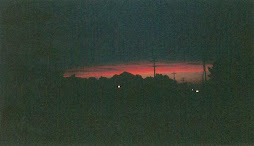





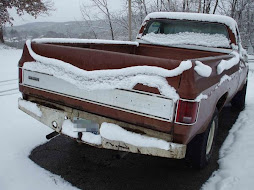

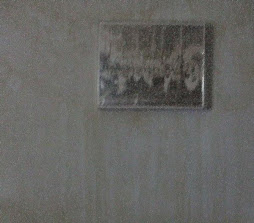






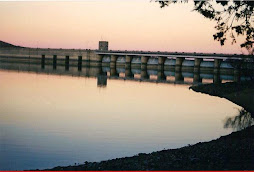







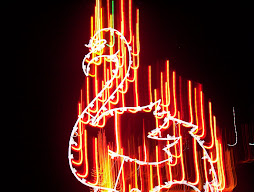




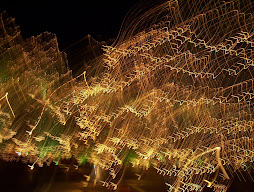

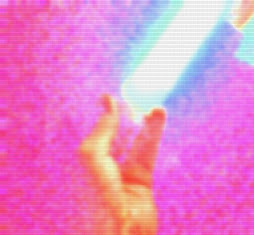
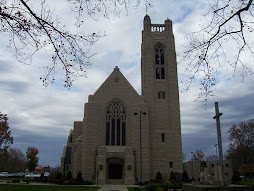








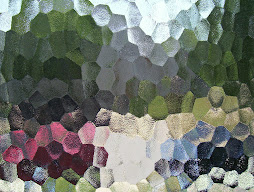
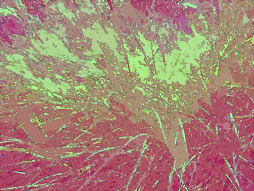
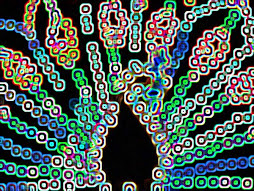









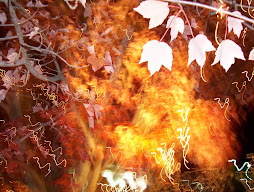













No comments:
Post a Comment